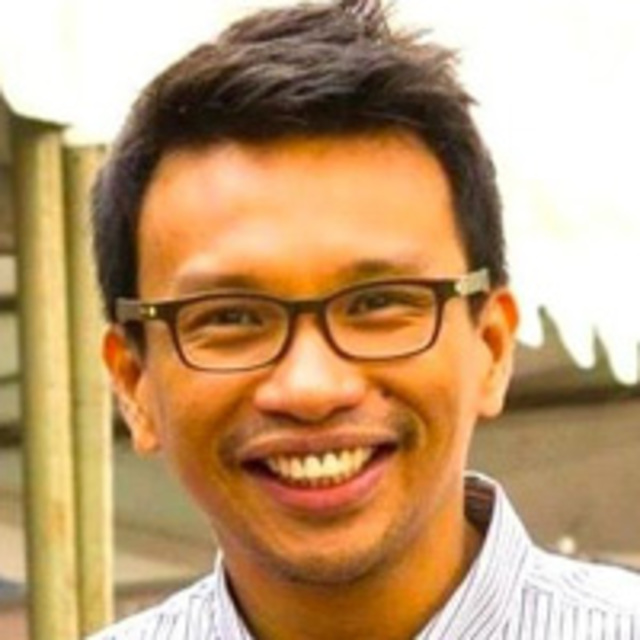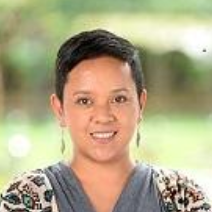![]()
I am objecting to the Anti-Terrorism Act of 2020 (ATA) because of several provisions in the Act that are unconstitutional.
Under the Constitution, the right against unreasonable arrests is an “inviolable” fundamental right. The Constitution uses the word “inviolable.” The ATA demolishes this “inviolable” fundamental constitutional right. (READ: [OPINION] Martial rule without martial law: An anti-terror bill subtext)
The Constitution declares that the right of the people “to be secure in their persons xxx against unreasonable xxx seizures of whatever nature and for any purpose” shall be “inviolable.” Seizures include arrest. So, it means that in arrests of whatever nature and for any purpose – whether it is arrest for ordinary crimes or for serious crimes, the right of the people against unreasonable arrest is “inviolable.”
To guarantee this inviolability against unreasonable arrest, the Constitution erected two fortresses: the first fortress is that only a judge can issue warrants of arrests; the second fortress is that warrants of arrest must be issued only upon probable cause.
Let us go to the first fortress – only a judge can issue warrants of arrest. Section 2, Article III of the 1987 Constitution mandates that “no xxx warrant of arrest shall issue except upon probable cause to be determined personally by the judge after examination under oath or affirmation of the complainant and the witnesses he may produce.”
Under the 1935 Constitution only judges were authorized to issue warrants of arrests. The 1973 Constitution changed this and authorized executive officials to issue warrants arrest. The result was the notorious ASSOs issued by the Secretary of National Defense during Martial Law. The framers of the 1987 Constitution vowed never again, and reinstated the provision in the 1935 Constitution that only judges can issue warrants of arrests. There is no doubt whatsoever – under the present Constitution only a judge can issue a warrant of arrest. This first fortress must be “inviolable.”
What has the ATA done? The ATA has demolished the first “inviolable” fortress and reinstated the ASSOs of the Martial Law era. Section 29 of the ATA, with the tell-tale heading “Detention Without Judicial Warrant of Arrest,” provides: “any law enforcement agent or military personnel who, having been duly authorized in writing by the ATC has taken custody of a person suspected of committing any of the acts defined and penalized under Sections 4 to 12” of the ATA shall not be liable if he or she detains a person for a total of 24 days without filing a judicial charge.
Section 29 obviously refers to warrantless arrests outside of Rule 113 of the Rules of Court because any law enforcement agent or any citizen for that matter can effect a warrantless arrest under Rule 113 without written authority from anyone. If the law enforcement agent still needs a written authority from the Anti-Terrorism Council (ATC) to effect a warrantless arrest under Rule 113, then that will defeat the purpose of a warrantless arrest where time is of the essence. Under Rule 113, the crime is already being committed in the presence of the law enforcement officer and if he still has to secure a written authority from the ATC to arrest the offender then that would be senseless. Clearly, the written authority referred to in Section 29 is not for the purpose of effecting a warrantless arrest under Rule 113.
The written authority of the ATC is necessary to arrest a person suspected of terrorism outside of the situations where warrantless arrests are already allowed under Rule 113. This was explained clearly by the principal author of the ATA, Senator Panfilo Lacson, as I will elaborate shortly. The ATC is, of course, a purely executive body under the control of the President – composed of 8 Cabinet secretaries and the Executive Director of the Anti-Money Laundering Council. This is obviously unconstitutional since under the present Constitution only a judge can issue a warrant of arrest.
Let us go to the second fortress – warrants of arrest must be issued only upon “probable cause,” the term used in the Constitution. The ATA has also demolished this second fortress.
“Probable cause” means the judge has reasonable grounds to believe, based on the affidavits of the complainant and his witnesses, that a crime has been committed and the person to be arrested probably committed the crime. In short, if the judge believes that no crime has been committed, he cannot and should not issue a warrant of arrest.
During the Senate deliberations on the ATA, Senator Lacson, the principal author of the ATA, explained:
“Hindi na rin po natin pinapalitan iyong provision sa citizen’s arrest in this case. Kaya lamang, ang in-expand natin ay iyong period. In ordinary vbgr crimes, hindi puwede iyong nasa planning stage, hindi naman niya ginawa, hindi naman siya nag-commit ng crime. Pero dahil iyong tinatawag nating inchoate offense, hindi pa nangyari, nasa simula pa lamang, puwede na nating arestuhin because we want to be proactive because this is a new phenomenon.”
In short, under Section 29 the ATC is authorized to order the arrest of any person even if he or she has not committed any crime of terrorism. In the exact words of the principal author of the law, even if “hindi naman siya nag-commit ng crime xxx hindi pa nangyari xxx puede na nating arestuhin.” The justification, according to Senator Lacson, is “we want to be proactive.” Section 29 does not provide standards or limitations on the power of the ATC to issue arrests orders, just like the ASSOs of the Martial Law era. Section 29 does not require “probable cause” before the ATC can issue an arrest order.
Clearly, the ATC can issue an arrest order even without “probable cause,” demolishing completely the second fortress erected by the Constitution to insure that the guarantee against unreasonable arrests is “inviolable.” The House of Representatives adopted en toto the Senate version authored by Senator Lacson, and thus the House is deemed to have adopted also the intent and interpretation of the Senate on Section 29. Obviously, any arrest order not founded on probable cause is unconstitutional.
Under Section 25 of the ATA, the ATC is authorized to designate an individual or organization as a terrorist or engaged in terrorism. Section 25 provides: “The ATC may designate an individual, groups of persons, organizations or associations whether domestic or foreign, upon a finding of probable cause, that the individual xxx commit, or attempt to commit or conspire in the commission of the acts defined and penalized under Sections 4 to 12” of the ATA. Clearly, the ATC has the power to designate an individual or organization as a terrorist or engaged in terrorism. (READ: [ANALYSIS] The Anti-Terrorism Act: Duterte will have all dissenters’ necks)
Once so designated, the individual can now be arrested upon order of the ATC because the individual is engaged in terrorism. Likewise, any and all members of the organization so designated can also be arrested upon order of the ATC because under Section 10 mere membership in such organization is a criminal offense. Section 10 provides: “Any person who shall voluntarily and knowingly join any organization, association or group of persons knowing that such organization is xxx organized for the purpose of engaging in terrorism shall suffer the penalty of imprisonment of 12 years.”
The penalty for mere membership in an organization designated by the ATC as engaged in terrorism – 12 years imprisonment – is bailable but the accused can be placed under “house arrest” instead, negating his constitutional right to bail. However, for those who recruit members to such an organization, the penalty is life imprisonment, a non-bailable offense if evidence of guilt is strong. Life imprisonment means you remain in prison throughout your physical life, and under the ATA there is no possibility of parole. This life imprisonment is different from the reclusion perpetua in the Revised Penal Code, the duration of which is 20 years and one day to 40 years, after which you are released from prison.
The question is, how will the ATC make such designation? Is a hearing required where the individual or organization is represented? The only requirement under Section 25 is “upon probable cause,” which means that the ATC must have reasonable grounds to believe, based at least on affidavits of government witnesses, that the individual or organization is engaged in terrorism. However, “probable cause” does not require a hearing where the individual or organization can be heard to rebut the government witnesses. Thus, under Section 25 the ATC can make the designation ex parte, without hearing the person or organization to be designated as engaged in terrorism.
Is this constitutional? Of course this is unconstitutional. The Constitution provides that “the right of the people xxx to form associations xxx for purposes not contrary to law shall not be abridged.” This is the freedom of citizens to join any association of their choosing, provided the purpose of the association is not contrary to law. The Constitution also provides that “no person shall be deprived of xxx liberty without due process of law.” Putting these two provisions together, before the ATC can designate a person or organization as engaged in terrorism and arrest that person and members of the organization, there must be due process because a person can immediately be arrested and deprived of liberty if he or his organization is designated as engaged in terrorism.
“Due process” means a hearing where the individual or organization can present their side to rebut the allegation that they are engaged in terrorism. Absent this due process, the designation of the individual or organization as engaged in terrorism will result in the deprivation of liberty of the individual and members of the organization. In short, since Section 25 allows the ATC to designate an individual or organization as engaged in terrorism without a hearing thus resulting in deprivation of liberty without due process of law, Section 25 is unconstitutional. (READ: Close to home: Daughter of slain activist warns anti-terror bill will 'normalize' killings)
Let me give a graphic example of the application of Sections 10 and 25 of the ATA. Suppose there is a former Senator, let us call him Mr X, who is designated by the ATC as a terrorist under Section 25 because he allegedly engages in acts intended to cause extensive damage to public places or private properties for the purpose of creating an atmosphere of fear. This is an act of terrorism under Section 4(b) punishable with life imprisonment. The ATC orders his arrest and he is taken into custody by military personnel.
Mr X’s relatives file a petition for the writ of habeas corpus before the RTC on the fourth day of his arrest. The judge will issue the writ and require the custodian of Mr X to bring Mr X to the court on the 8th day of the arrest. When the judge asks the custodian why he is detaining Mr X, the custodian will produce the written authority from the ATC designating Mr X a terrorist and ordering his arrest. Unless Section 25 of the ATA is declared unconstitutional, the judge will have no recourse but to dismiss the petition for habeas corpus because Mr X is being detained pursuant to law and the government custodian has still 6 days to detain him before filing a criminal case in court, or even 16 more days if the ATC determines that law enforcement agents or military personnel need more time to gather evidence against Mr X.
On the 24th day the ATC, through the prosecutor’s office, files a criminal case against Mr X for terrorism. The judge issues a commitment order because the judge finds probable cause to the non-bailable charge. Mr X can file a motion for reconsideration or motion to quash, appeal to the Court of Appeals and all the way to the Supreme Court, but in the meantime, as long as the warrant of arrest is not lifted, Mr X remains in detention, just like Senator Leila de Lima. That is the effect of Sections 10 and 25 of the ATA.
Let me go to another topic. Senate President Vicente Sotto III recently said "Hindi na kailangan ng Martial Law kapag napasanamin itong anti-terror bill." I agree with Senator Sotto that upon the enactment into law of ATA, Martial Law will be superfluous.
Under the Constitution, the President can declare Martial Law and suspend the writ of habeas corpus for not more than 60 days. Congress by majority vote can revoke such declaration within 48 hours from its declaration. In contrast, the ATA once enacted into law remains in the statute books forever until repealed by Congress or invalidated by the Supreme Court.
Under the Constitution, when Marital Law is declared and the privilege of the writ of habeas corpus is suspended, a person arrested for rebellion must be charged in court within 3 days from arrest, otherwise he shall be released. When he is judicially charged within three days, he can ask for bail if he is charged for an offense not punishable with reclusion perpetua, or if he is charged for an offense punishable with reclusion perpetua, he can ask for bail if evidence of guilt is not strong.
Under the ATA, a person can be arrested for terrorism and detained for a total of 24 days before a judicial charge is required to be filed, whether he is charged for an offense punishable with life imprisonment or not. He can file a petition for habeas corpus right after the arrest, but once the custodian shows the written authority from the ATC, the judge will have to dismiss the petition because the person is being detained upon lawful order pursuant to law.
In short, with the ATA as part of the law of the land, the Philippines will be permanently under a situation worse than Martial Law.
My last point is the effect of the ATA on the presidential elections in May 2022. The ATA punishes speech, whether written, verbal or visual, that incites others to commit terrorism. The ATC, without a judicial warrant, can order the arrest of anyone for inciting to terrorism even before the incitement is made because the ATC is a “pro-active” body as explained by Senator Panfilo Lacson, the principal author of ATA. The arrested person can be detained for a total of 24 days. He can be released on the 25th day without any judicial charge.
However, the released person can again be arrested after a few days and the 24-day cycle will start all over again, unlike in habeas corpus where under Rule 113 the person released by the court cannot be re-arrested again by law enforcement officers for the same charge unless by order of the court. Under the ATA, there is no prohibition on the ATC to order another re-arrest of the same person for the same offense.
The ATA will have a devastating effect on freedom of speech and freedom of the press in the May 2022 presidential elections. The Human Security Act of 2007 (HSA) is automatically suspended one month before and two months after the holding of any election. In contrast, the ATA, which repeals and replaces the HSA, is not suspended during any election.
In conclusion, if we do not want to experience a permanent contraction of our civil liberties, we must all work to have the objectionable provisions in the ATA invalidated by the Supreme Court or repealed by Congress. Vigilance is the price of freedom. – Rappler.com
Antonio T. Carpio is a retired Supreme Court senior associate justice.
![]()



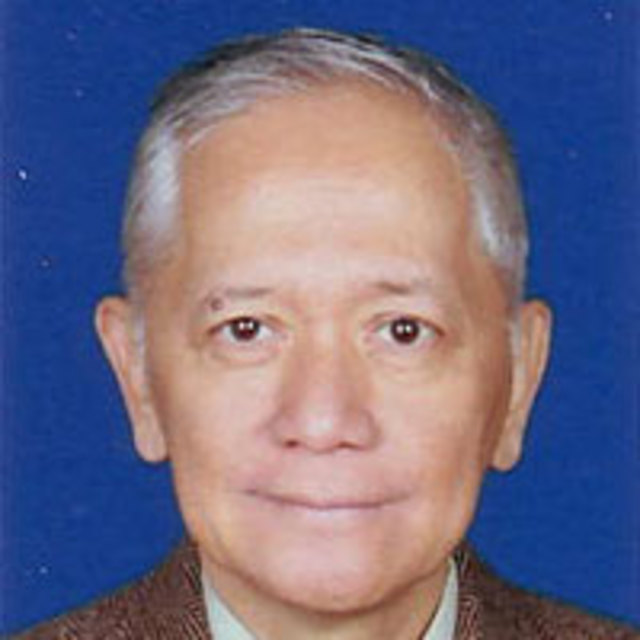

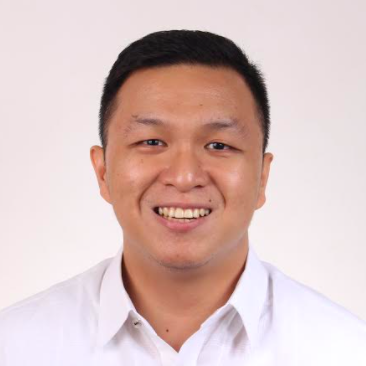

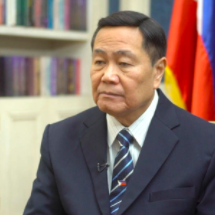


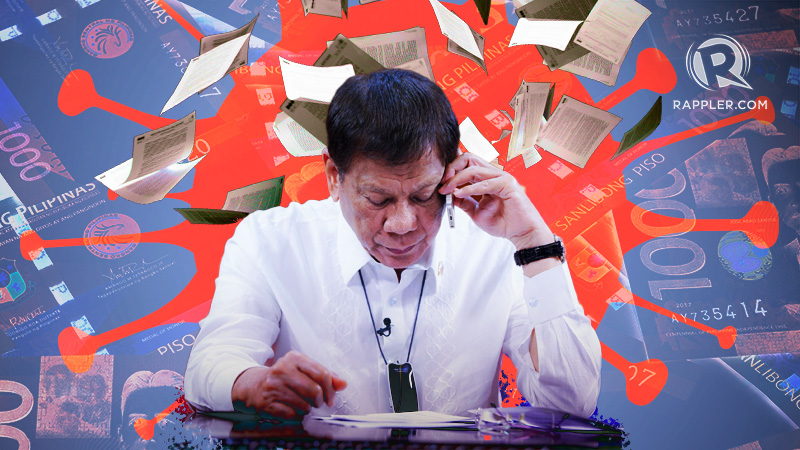
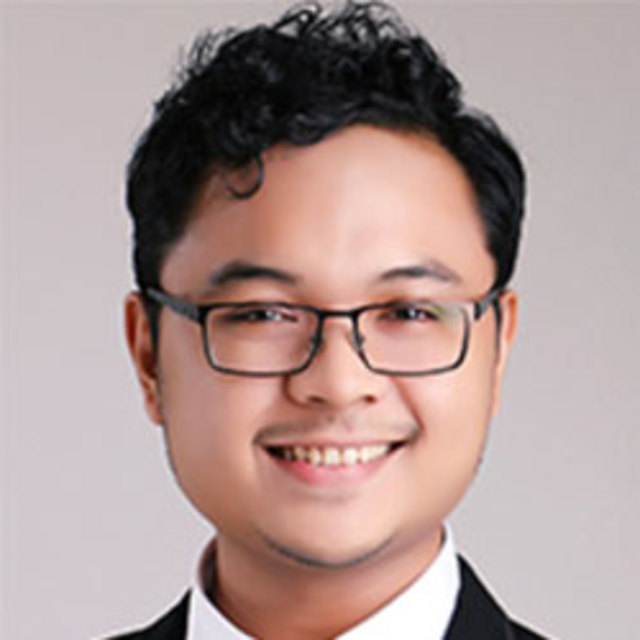



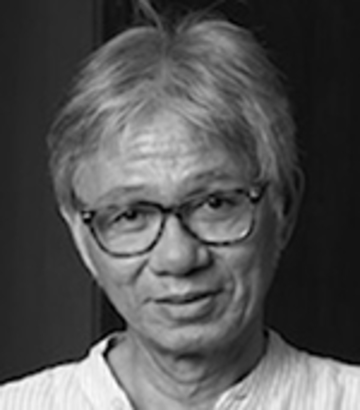





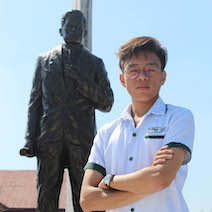





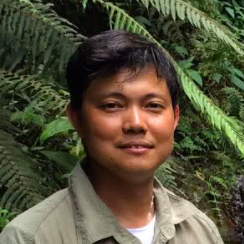


 Ang saya naman kasi talaga. Biruin mo, makikita mo ang boy o girl version mo. Well, sige, ang level-up boy o girl version mo. Enhanced, makinis, fully made up, with soft and bouncy hair, mas maayos sa tunay na buhay. Mabilis, halos instant. Hindi na kailangan ng Photoshop surgery. Hindi mo kailangang maging skilled techie. Dahil kung hindi nga naman gumanda o naging guwapo ang hitsura mo, bakit pa? Naroon ang halina sa magandang hitsura. Tapos ise-share, magkakamit ng real-time reax.
Ang saya naman kasi talaga. Biruin mo, makikita mo ang boy o girl version mo. Well, sige, ang level-up boy o girl version mo. Enhanced, makinis, fully made up, with soft and bouncy hair, mas maayos sa tunay na buhay. Mabilis, halos instant. Hindi na kailangan ng Photoshop surgery. Hindi mo kailangang maging skilled techie. Dahil kung hindi nga naman gumanda o naging guwapo ang hitsura mo, bakit pa? Naroon ang halina sa magandang hitsura. Tapos ise-share, magkakamit ng real-time reax.
